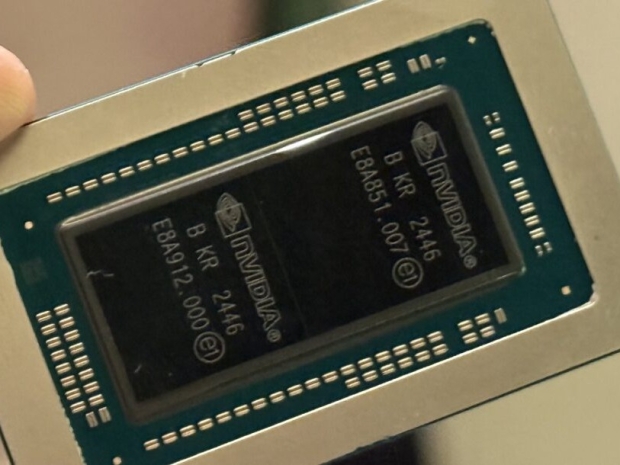The GB10, which powers Nvidia’s first personal AI supercomputer, has already drawn attention from big-name PC brands including Acer, Asus, Dell, Gigabyte, HP, Lenovo and MSI. These machines mark the commercial arrival of Project DIGITS, Nvidia’s push for a palm-sized AI powerhouse, with the GB10 at its core.
Nvidia’s CEO Jensen Huang unveiled the partnership during his CES keynote, saving the bombshell announcement for the final minutes and sparking a wave of interest across the sector. The chip is the brains behind the DGX Spark, a compact AI system capable of 1,000 TOPS of performance and processing models up to 200 billion parameters.
MediaTek hailed the GB10 as evidence of its high-performance computing chops, declaring it a milestone in its journey to diversify from its phone-centric roots. The chip's launch is expected to fuel MediaTek’s non-mobile business through the second half of the year, with volume shipments now underway.
For Nvidia, DGX Spark bridges the gap between local and cloud-based AI. Users can prototype, fine-tune and run heavyweight models on their desk, then export them seamlessly to Nvidia’s DGX Cloud or other AI infrastructure. The target audience spans developers, researchers, students and data scientists keen to run generative AI workloads without relying entirely on the cloud.
MediaTek said it remains wary of tariff-related turbulence, but it will continue deepening supply chain ties and customer relationships to weather global uncertainties. The company added that its financial stability allows for sustained investment in AI infrastructure and strategic technology bets.
While the geopolitical climate may throw up a few roadblocks, MediaTek seems poised to capitalise on the inevitable rise of personal AI computing.

